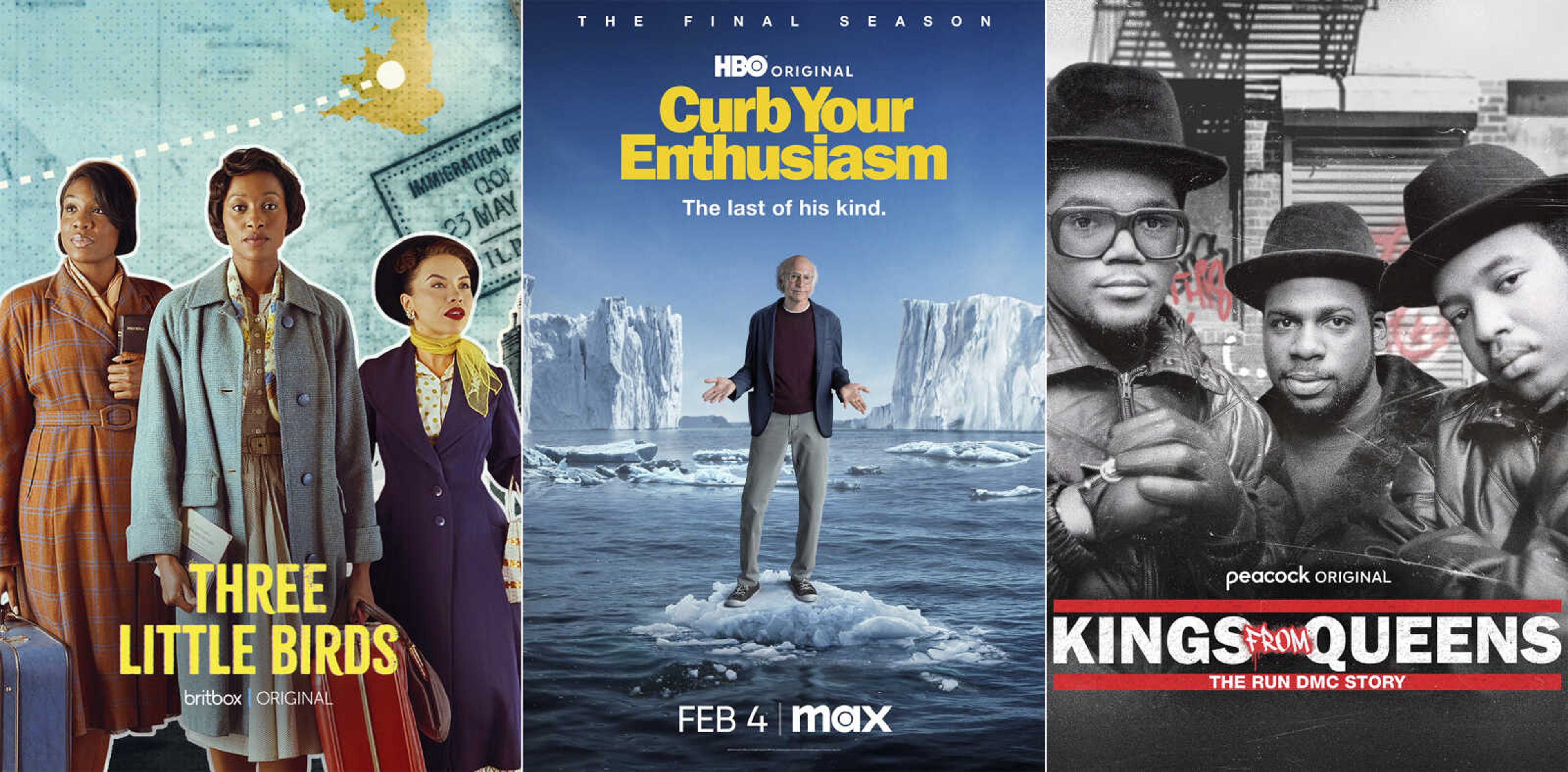This season on Broadway, plays are singing the blues
NEW YORK -- This spring, J.T. Rogers' new play traveled only a few small steps, but it was a huge leap for a playwright. His "Oslo" -- a look at a key moment in Middle East diplomacy -- transferred from the Mitzi E. Newhouse Theater to the Vivian Beaumont Theater. Because both are housed in the Lincoln Center Theater complex, it was a simple move upstairs...
NEW YORK -- This spring, J.T. Rogers' new play traveled only a few small steps, but it was a huge leap for a playwright.
His "Oslo" -- a look at a key moment in Middle East diplomacy -- transferred from the Mitzi E. Newhouse Theater to the Vivian Beaumont Theater. Because both are housed in the Lincoln Center Theater complex, it was a simple move upstairs.
But because the larger Beaumont is considered a Broadway theater, Rogers got to celebrate making his Great White Way debut. And he did it with something rare this season: a play drawing theatergoers. A three-hour play.
"We have a thousand people a night, eight shows a week in a 1,200-seat house," said Rogers, who has built a reputation for making big, global themes accessible. "I'm sorry, but this is unbelievable."
"Oslo" is one the few financial bright spots for dramas on Broadway this season. New or revival, most plays are hemorrhaging cash with empty seats and relying on discounts.
This season -- the 12-month period that ended May 21 -- was the least attended and the lowest-grossing for plays in at least five seasons. In 2012-13, about 2.4 million people attended plays, pushing their take to $198 million. Only 1.8 million saw plays this season, and they earned just $154 million.
Overall, however, Broadway continued to see record profits, buoyed by blue-chip musicals such as "Hamilton," "Wicked" and "The Lion King." Box offices hit a record $1.45 billion for the season -- up 5.5 percent from last season's previous record. Unlike plays, musicals have been earning progressively more each season, this year pulling in $1.28 billion.
The lean times have been felt from a revival of "The Cherry Orchard" starring Diane Lane to the high-tech "The Encounter." While there were a few bright spots -- the fall revival of "The Front Page," for one -- they were the exception. Some plays have earned only 14 percent or 17 percent of their potential weekly earnings. Last week, two managed to break the 60-percent mark -- "Oslo" being one.
Grabbing a best-play Tony Award nomination doesn't always help. "Indecent" rarely has cracked more than 30 percent of its box-office potential, and "Sweat" hovers around half what it could make, despite also picking up a Pulitzer Prize. "A Doll's House. Part 2" spent five weeks earning 20 percent or less.
Dramas traditionally have played second fiddle to musicals on Broadway, and this year, there was a glut of 13 new musicals, the most in five seasons. Few of the 10 plays this season generated a must-see vibe.
"The challenge always for the straight play," Rogers said, "is trying to communicate to the audience that these are challenging, they're thought-provoking, but equally important is that they're funny, and they're entertaining."
Andre Bishop, the artistic director of Lincoln Center Theater who has championed such playwrights Jon Robin Baitz, Christopher Durang and Sarah Ruhl, said it's an utter myth that people aren't attending plays. He advises people to look beyond the 41 Broadway theaters.
"I think it's become the fashionable catchphrase of the Tony season but that doesn't seem to me to be true. I realize some plays are doing better than others but we're only talking about a few plays on Broadway," he said.
"One wishes all four plays were sold out very night, of course. But that's not reality and, quite frankly, never has been in the history of the Broadway theater," he added. "More people went to 'South Pacific' than 'Death of a Salesman' in 1949."
The four Tony nominated best plays -- all are by playwrights making their Broadway debuts -- have all gotten critical raves but may be daunting to some would-be patrons looking for a fun night out.
"Sweat" explores how the shutdown of a Pennsylvania factory leads to the breakdown of friendships. "Indecent" is a behind-the-scenes look at the true story of a controversial 1923 Yiddish play. "A Doll's House, Part 2" is a sequel of a Henrik Ibsen play and "Oslo" is about the careful dance of diplomacy.
"There's always going to be this struggle between work that is completely entertainment driven and work that has something else also," said Rogers. "Look, the single truth is that commercial Broadway is a capitalist, money-making venture that occasionally has amazing art."
When Steven Chaikelson, head of the Theatre Management & Producing Program at Columbia University thinks the problem this season may have been lots of competition from musical, too many plays and not enough stars in them.
"That relatively small core audience that would be going to see the plays is being pulled in all different directions," he said. Taking data from a mid-May week, he found more people actually went to Broadway plays in 2017 than the same time in 2015, but they spent much less on average per seat ($79 versus $107.)
That might be partly due to the lack of star wattage in plays this season. In 2015, Helen Mirren, Larry David, Jim Parsons and Carey Mulligan were all onstage in plays. This season, Cate Blanchett was in one of the biggest draws, but her play "The Present" sometimes pulled in less the 60 percent of its weekly potential.
But Bishop sees good times ahead for what he calls a "golden age of American playwriting." He's finding that audiences are more enthusiastic and engaged than in the past, likely due to the intense political climate.
"Since November, I feel that the need for theater is perhaps greater than it was," he said. "Whether it's to see something that's challenging or see something that gives you an insight into life, or gives you hope or simply gives you a damn good time, my impression is that people need this more than ever."
Connect with the Southeast Missourian Newsroom:
For corrections to this story or other insights for the editor, click here. To submit a letter to the editor, click here. To learn about the Southeast Missourian’s AI Policy, click here.









